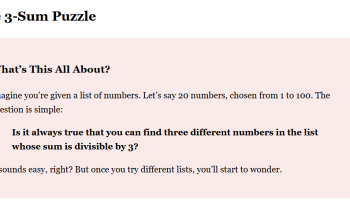🔢 Arithmetization: Encoding Logic as Numbers Transform mathematical formulas into unique numbers using Gödel numbering 1 Enter a Formula ℹ️ What is Arithmetization? Arithmetization is a technique that assigns unique numbers to mathematical symbols and formulas. This allows us to
Read moreLife and Logic
Science, Future and controversy

